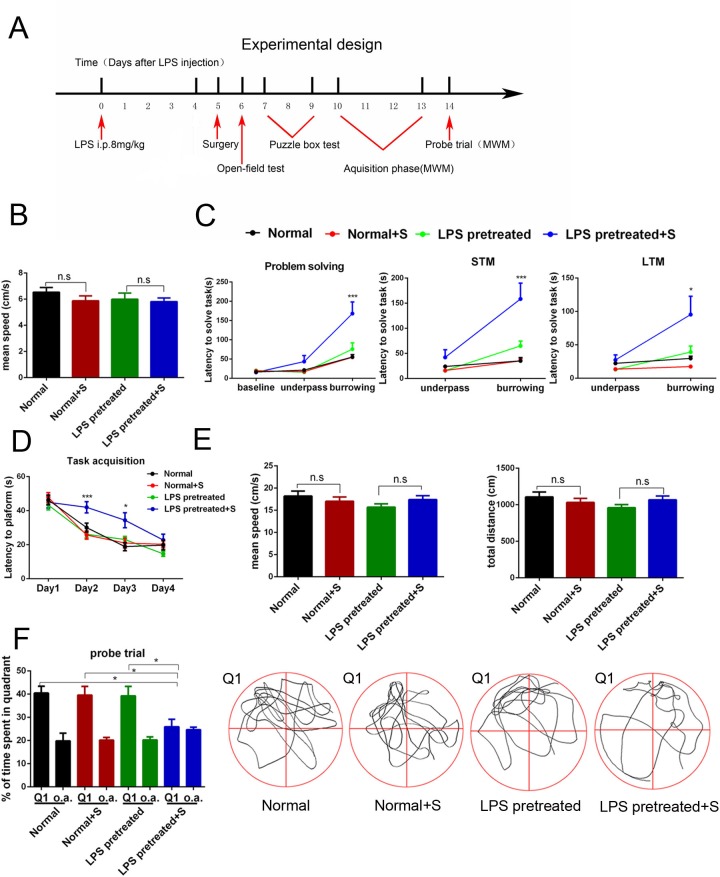Fig 2. Hepatolobectomy induced obvious postoperative cognitive dysfunction in LPS pretreated mice, but not in age-matched normal adult mice.
(A) Diagram of experimental design for the behavior test. (B) The movement speed of all groups was recorded one day after surgery. One-way ANOVA; p>0.05 (C) All mice spend similar latency when they go through the door or underpass to get to the destination on day1. For more difficult task on day 2, LPS pretreated plus surgery mice used longer time to burrow through bedding. In the later, it also exhibit significant impairment on short-term memory and long-term memory task. Two-way RM ANOVA; LPS pretreated mice vs. LPS pretreated mice + surgery; effect of surgery, p = 0.006; effect of measure time, p<0.001; effect of interaction, p = 0.003; p<0.001 for problem solving; p<0.001 for STM; p< 0.01 for LTM. (D) During the acquisition phase, on day 2 and day 3, surgery mice in LPS pretreated group exhibit longer latency to get to the target, while no significant difference was detected in normal surgery mice. Two-way RM ANOVA; LPS pretreated mice vs. LPS pretreated mice + surgery; effect of surgery, p = 0.003; effect of measure time, p<0.001; effect of interaction, p = 0.004; p<0.001 on day 2, p<0.05 on day 3. (E) Average swimming speed and total distance in probe trail phase was similar across groups. One-way ANOVA; p>0.05 respectively. (F) During the probe trail, percentages of time in the targeted area (Q1) of LPS pretreated plus surgery mice were less than the other three groups’ mice. One-way ANOVA; p<0.05. o.a. = average time spent in all other quadrants of the same group. All data were presented as mean±SEM; n = 11 in Normal; n = 12 in Normal + S/ LPS pretreated; n = 13 in LPS pretreated + S; *p<0.05, ** p<0.01, ***p<0.001.

